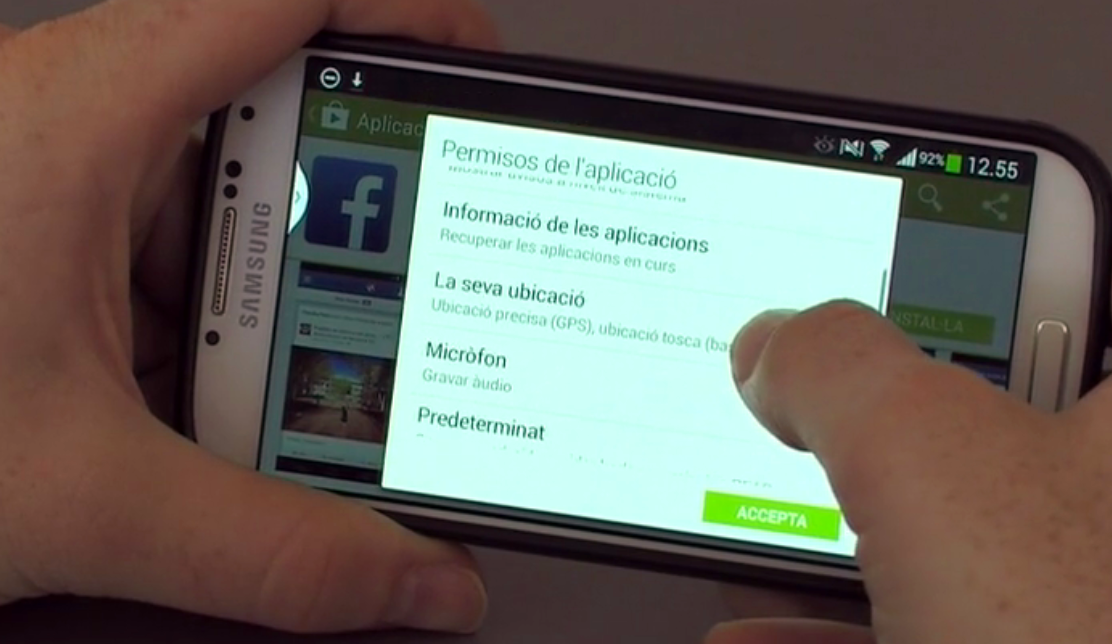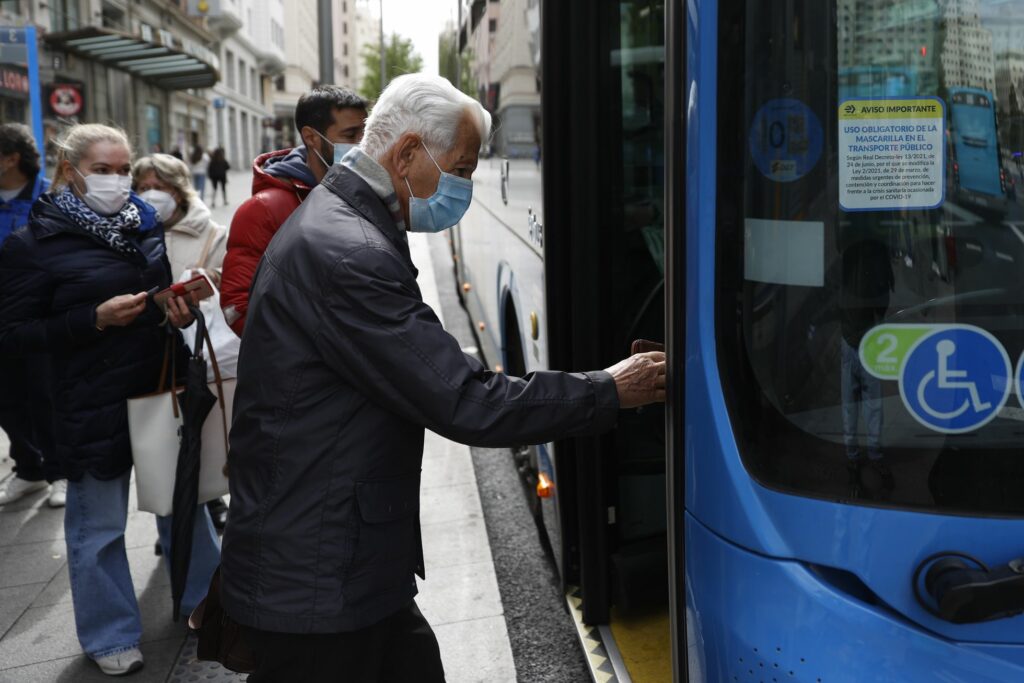Last April 22, the newspaper El País, published a news item created by two technical project managers of inLab FIB, experts in Data Science and Big Data, Albert Obiols and Gonzalo Recio. The recently published news, explains how through historical data and neural networks, we can create predictive models that allow us to know the users of the bus network, the real-time occupancy of the bus.
The objective of knowing the estimated occupancy, would allow the user to be able to choose at which stop and on which bus they could get on depending on the activity of the expeditions, which could avoid the crowds that occur daily in public transport. In order to carry out this tool, during the characterization and modeling project of passenger demand on buses, the development has been carried out jointly with Ityneri.
As a result of Covid-19, the possibility of being able to avoid crowds and curb contagions was of paramount importance for many companies, since allowing regular users of the network to know the occupancy they will encounter when boarding a bus would be an added value compared to many others offering the same service.
In order to implement this functionality, our experts resorted to current artificial intelligence techniques based on data-driven methodologies. These methodologies, thanks to the historical data of the trips of each vehicle, allow through supervised learning, to build a predictive model that allows to detect occurrences of temporal patterns to elaborate future predictions in public transport by road in the future and to be able to shape the behavior of passengers.
Throughout the article, Albert and Gonzalo explain how to train a recurrent neural network and how, thanks to the data, our model can be able to calculate the occupancy of the buses at each of the stops where they pass by giving as data: the bus information, the position, the previous occupancy of the previous positions, the calendar, … to return an estimate of the number of passengers that will be there. This prediction of the lines, it should be noted that it could be extended to any of the lines and for any of the cities with their respective stops, since the model could be equally valid.

The predictions elaborated with this specific type of neural networks, for this occupancy problem is very important, because knowing the previous occupancy of the previous stops, will be a very relevant information, because knowing it can determine the occupancy of the next stop.
In the image below you can see an example of what the model predicts for different buses: the x-axis is the time axis and the y-axis represents the bus occupancy. Note how the occupancy of the vehicles starts at zero at the beginning of the trip, goes up and goes back down to zero at the end of the trip, as can be seen by the “hills” that form in the graph.

Example of future occupancy predictions. Blue, actual occupancy (based on historical data). In orange, the future prediction.
You can read the full story in the technology section of the newspaper, or by clicking on the link:
